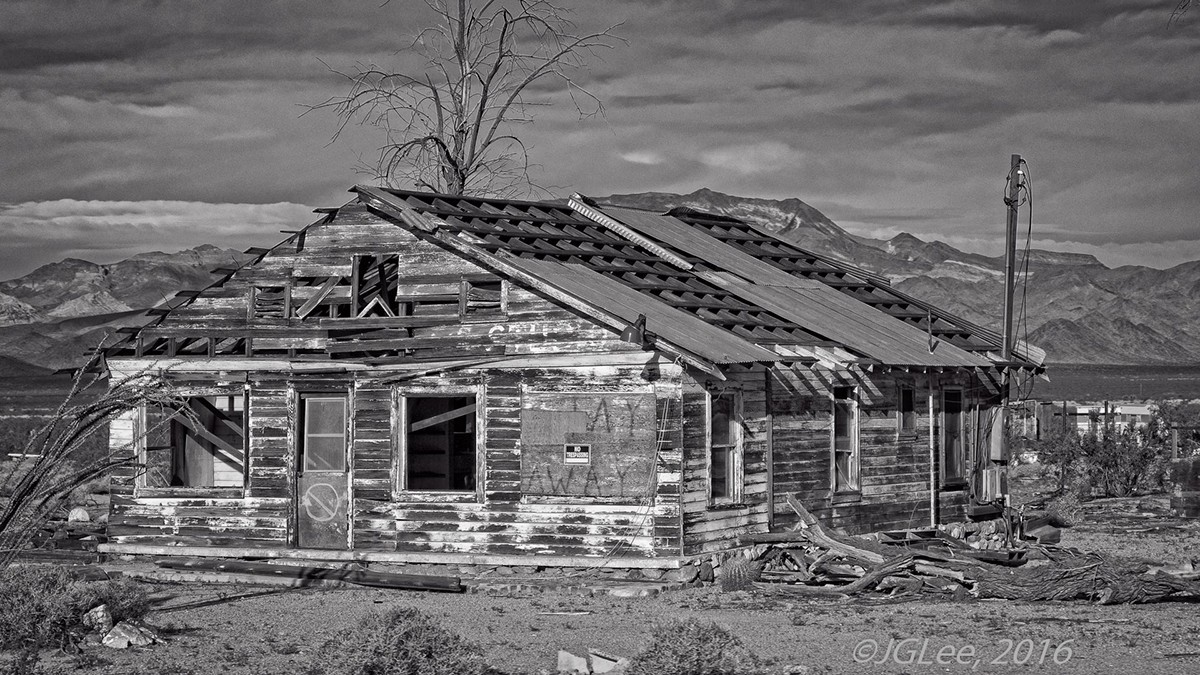Why today is the best time to be a photographer?
It is possible today to buy an older model digital camera and an inexpensive software program and have at your command tools that are far better than the tools used by the old masters. I don’t care what type of camera you like or what lenses you have – it is possible to use modest equipment and make Photographic Art.
In the past 4 years I have taken a very small kit, which at today’s used prices could be found for $500 or so, and shot 4,000 images on 3 week long trips to the American South West. Many of these images have been accepted by various stock photo sites (I am now an exclusive at Fotilia (Adobe owned) and am slowly put the images back up for sale).
If you are new to photography as an artist or an artist that is crossing over from another field, this post is for you. I am going to use as an example the inexpensive tools and software that I use – there are many options you can choose from, but because I am going to focus on what you can do in this series of blog posts I am not going to evaluate equipment and software – only the uses for these tools.
While I have some expensive equipment, my travel kit for when I visit folks even if a lot of photography is planned is very simple. I want a lens that is somewhat wide and a lens that is somewhat long and a dual element filter for close-up work (most lenses do not focus as close as I sometimes need and a macro lens would not fit in the small bag I take).
In my case my travel lenses are “kit” lenses – which cover 14-42mm and 40-150mm on a micro 43rds camera which gives an equivalent field of view that is approximately twice that of film cameras (or full frame in today’s terminology). These lens may be found very inexpensive used – often less than $75 or even new on sale for $100. Next week I will be showing examples of how I uses these “brushes” to create my images. Both are very small and only weigh several ounces each even with filters to protect them from the sand where I image in these trips.
I think it is important for someone to have a range of tools that provide perspectives to help them capture their creative visions. Next post I will discuss how to use these tools (and specific software) to create images. As I post some new images on Fotilia and Behance I will post some workflow tips and perhaps a video or 2 on showing how effects can make a good image into a much better one from an artistic viewpoint.








